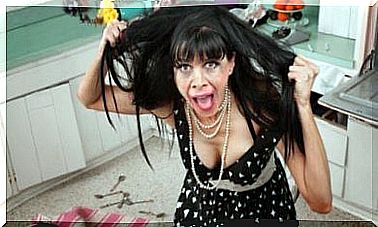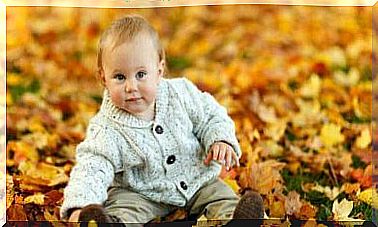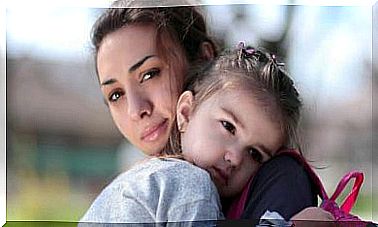Curricular Enrichment Spaces In The Classroom

Classroom curricular enrichment spaces are a great ordinary measure to meet the needs of students with high cognitive abilities. For this purpose, it is necessary to dedicate some space in the classroom in which to carry out highly stimulating activities.
They serve as educational resources when the most gifted pupils complete the tasks assigned to the whole class. However, it is possible to arrange for all children to dedicate one time of the week to work in the curricular enrichment spaces.
Characteristics of curricular enrichment spaces
In these spaces there are materials and resources that allow students to work independently and creatively. Teachers are responsible for preparing one or more spaces in the classroom, which may vary during the duration of the course.
In this way, the evaluation process of the different spaces can be based on the analysis of the advantages and drawbacks observed after their realization. In this sense, it is necessary to take into account which modifications may be indispensable to better respond to the needs of all students and, in particular, of pupils with high cognitive abilities.

The main objectives of the creation of these curricular enrichment spaces are:
- Increase your motivation levels.
- Strengthen the research work.
- Encourage creativity.
- Offer a wide variety of activities within the classroom.
- Respond to the needs of most pupils.
- Expand knowledge of concepts, procedures and attitudes.
Types of curricular enrichment spaces
These spaces in the classroom can be of two types:
- Vertical curricular enrichment. It consists of increasing the amount of content that can be learned.
- Horizontal curricular enrichment. In this case, the quantitative increase of the contents remains in the background, but the creation of connections between the notions learned prevails.
Within these two types, multiple varieties of enrichment spaces can be presented. We present some of them in the following lines.
Examples of vertical curricular enrichment spaces
Envelopes to find out more
It is a vertical curricular enrichment, as it offers an extension of the amount of content that the pupil can learn on a topic.
It consists in creating a space in the classroom in which there are several envelopes that must contain activities to expand the knowledge on a given topic. These exercises are complementary to those provided in the teaching units or textbooks.
The aforementioned envelopes offer content relating to the subject (news, curiosities, information, etc.) and may differ in terms of color and level.
Creative folders
In this case, the pupils are offered folders that contain various activities related to a topic dealt with in class.
In this way, we try to address different aspects of creativity. It is important as a working method for students with high cognitive abilities. It will allow them to develop:
- Autonomy
- Imagination
- Creativity
- Skills for learning to learn
- Research skills.
Examples of horizontal curricular enrichment spaces
Interdisciplinary activities
This measure aims to create a corner in the classroom in which to carry out interdisciplinary activities. Thanks to this, students will have to find the relationship between concepts and procedures of different areas or subjects.
It is a horizontal curricular enrichment strategy because contents from other courses are not added, but the connection between ordinary contents of the same level prevails. In this way the knowledge of the same subject is broadened, but also in relation to others.
Interdisciplinarity is necessary to obtain a global vision of classroom learning.

In-depth activities
In these areas of curricular enrichment present in the classroom, in-depth activities are proposed that enhance high-level thinking starting from the taxonomy of Bloom and Anderson. In other words, it allows students to learn on the basis of a hierarchy divided into cognitive levels, from the simplest to the most complex.
In this space, therefore, a series of activities are proposed regarding a theme or area of knowledge, distributed according to the achievement of certain objectives, starting with memorization and ending with creation.
In-depth activities are therefore an excellent way to motivate pupils and lead them to understand learning as a progressive process.
In conclusion
Ultimately, we can say that the use of these special spaces for curricular enrichment in the classroom is an ordinary measure that benefits all pupils. But especially for students with high cognitive abilities, as the ultimate goal is to provide learning with a greater degree of depth, extension and interdisciplinarity.









